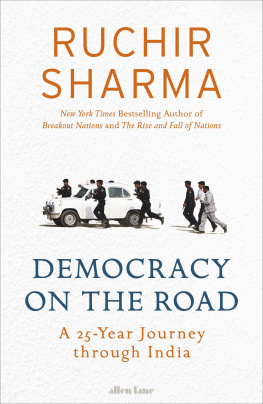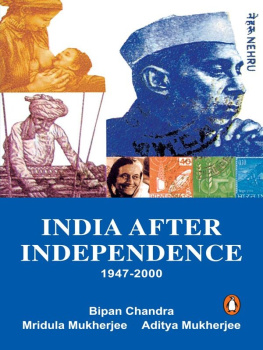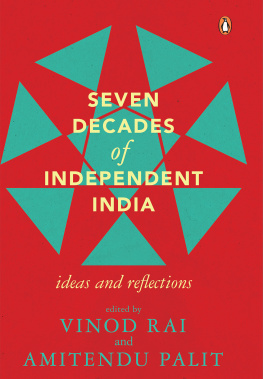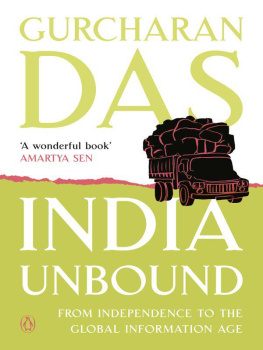Abbreviations
AICC | All-India Congress Committee |
AIDMK | All-India Anna Dravida Munnetra Karagham |
ASG | Alternative Survey Group |
BAMCEF | All India Backward and Minority Employees Federation |
BJP | Bharatiya Janata Party |
BKD | Bharatiya Kranti Dal |
BLD | Bharatiya Lok Dal |
BSP | Bahujan Samaj Party |
CACP | Commission on Agricultural Costs and Prices |
CPI | Communist Party of India |
CPI(M)/CPM | Communist Party of India (Marxist) |
CPI(M-L) | Communist Party of India (Marxist-Leninist) |
CSP | Congress Socialist Party |
DMK | Dravida Munnetra Karagham |
ICS | Indian Civil Service |
INC | Indian National Congress |
JD | Janata Dal |
MCC | Maoist Coordination Centre |
MLAs | Members of the Legislative Assemblies |
NSSO | National Sample Survey Organization |
NRIs | Non-Resident Indians |
OBCs | Other Backward Classes |
RPI | Republican Party of India |
RSS | Rashtriya Swayamsevak Sangh |
SC | Scheduled Caste |
ST | Scheduled Tribe |
UNCTAD | United Nations Conference on Trade and Development |
UP | Uttar Pradesh |
VHP | Vishwa Hindu Parishad |
Acknowledgements
Both of us have researched in and on India throughout our professional lives, and this book is in part our attempt to make sense of that experience, stepping far beyond the particular engagements of our field researches in Tamil Nadu, Bihar, Orissa and West Bengal. In its conception, design and writing, the book has involved each of us in equal measure; we hope that readers will find no awkward seams in our text.
We are grateful to a number of friends and colleagues for sharing with us some of their own experiences as citizens or students of India, and for encouraging us in this venture: thank you, then, to Jim Bentall, Arvind Das, Haris Gazdar, Anil K. Gupta, Ronald Herring, Craig Jeffrey, Sarah Jewitt, Sudipta Kaviraj, Sanjay Kumar, Satish Kumar, James Manor, Emma Mawdsley, Saraswati Raju, V. K. Ramachandran, Sunil Sengupta, Manoj Srivastava and Rene Veron. We are also grateful to Alpa Shah and Glyn Williams for commenting on the drafts of some chapters, and, most especially, to Barbara Harriss-White in Oxford and Meghnad Desai and Chris Fuller at the LSE for their many detailed comments. In several places we have indicated where one or other of them cannot be entirely exonerated from responsibility for the interpretations that we offer, although for the rest we alone are responsible. We would also like to thank two anonymous referees for their helpful comments on a first draft of the book; P. Jacob, Deputy Editor of Frontline (Chennai) for his courteous assistance; and Sandra Byatt, Sarah Dancy, Lynn Dunlop, David Held and Anna Oxbury for their editorial advice and support.
We are also grateful to the University of Chicago Press for permission to reproduce as quote from P. Chatterjee, A Possible India: Essays in Political Criticism (1997).
And for so many gifts that have nothing (much) to do with writing books a specially big thank you to Joan and Joanne, and to Gundi, Mark, Kaveri and Elinor.
S. C. and J. H.
Miami and London
The Light of Asia? India in 1947
In the mass of Asia, in Asia ravaged by war, we have here the one country that has been seeking to apply the principles of democracy. I have always felt myself that political India might be the light of Asia.
Clement Attlee, 1946
Clement Attlees remark about political India serving as the light of Asia was probably well intentioned, and in some respects it marked a new beginning in the history of relations between imperial Britain and colonial India. By 1946 it was clear to most observers that Indias independence was not far off, and not many months later a future President of the Republic of India, Dr Radhakrishnan, was quoting Attlees remark in favourable terms in the Constituent Assembly. Post-colonial India would be a beacon of democracy and liberty in a world emerging from fascism, war, and Empire. Even so, the irony of Attlees declaration would not have been lost on those members of the Constituent Assembly charged with inventing a new India in the years 19469. Most Congressmen took the view that Britain, by 19467, was bent on destroying the fabled unity in diversity of India, and had succumbed to and fostered the two nations theory put forward by Jinnah and the Muslim League. They were soon proved right. In addition, British rule in India could hardly be described as an experiment in democracy, either in representative or in participatory terms. The British ruled India with the help of local notables, but with little regard for the claims of political citizenship that grew to fullness in Great Britain between 1832 and 1928. India was pivotal to the Empire from which Britain benefited, yet few coherent efforts were made to improve the living conditions or education levels of the majority of Indias households. For most such men and women the light of Asia shone very darkly, if it shone at all.
we examine the Constituent Assemblys attempts to invent a post-colonial India which, rhetorically at least, would be everything that British India was not: a democratic, federal Republic of India committed to an ideology of development. Before embarking on this examination, however, it is important that we say something about the state of India in 1947, and that we briefly consider the political and economic legacies of British rule in India. We will also make some preliminary observations on the programmes of the nationalist elites who delivered India from Britain on 15 August 1947.
1.1 The Political Legacies of Empire
When the British left India they left behind them two countries India and Pakistan that had been shaped by more than 250 years of economic, political and cultural contact with the English East India Company and the Raj. This is not to say that Indian history during this period was made only by the British, or by Indians reacting to and resisting British definitions of modernity and community. The writings of nationalist, Cambridge school To uncover these legacies in more detail, it is useful to review some key moments in the political construction of power in British India, from Company rule to the end-games of Empire by way of the age of high imperialism that peaked around 1914.
Company rule
The British were not the first European power to acquire a base in South Asia, but the English East India Company was more successful than its French, Dutch, Danish and Portugese rivals in moving inland from its footholds on Indias eastern and western seaboards. Following the battles of Plassey in 1757 (where Clive defeated the French and their Indian allies after moving north from the Companys base in Madras), and Buxar in 1764 (where the British defeated the Nawabs of Awadh and Bengal, and after

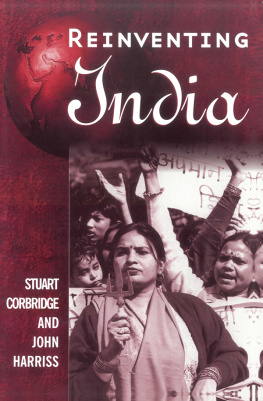
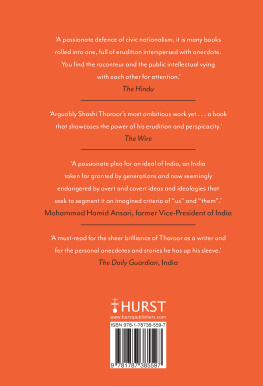
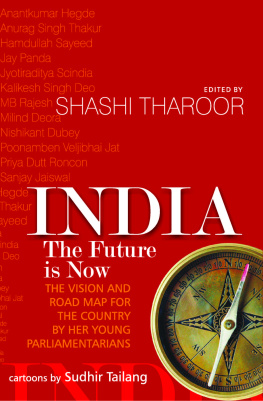
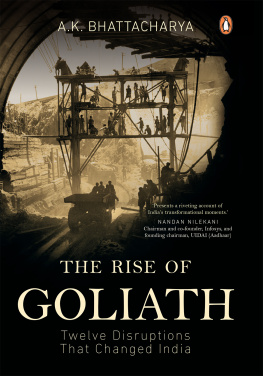
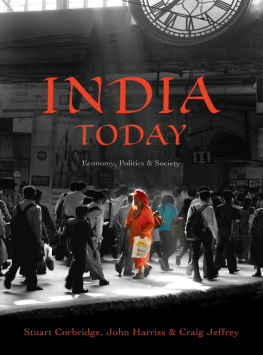
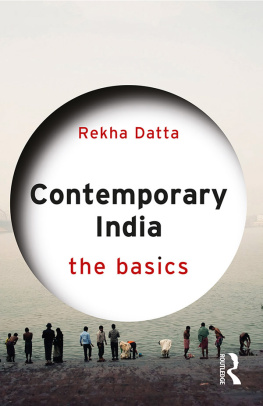
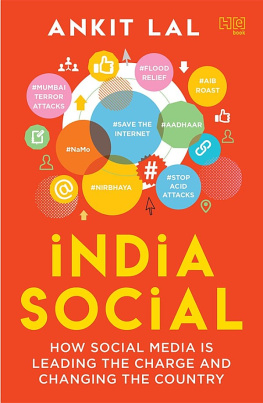
![Gandhi - Gandhi: [the true man behind modern India]](/uploads/posts/book/175484/thumbs/gandhi-gandhi-the-true-man-behind-modern-india.jpg)
